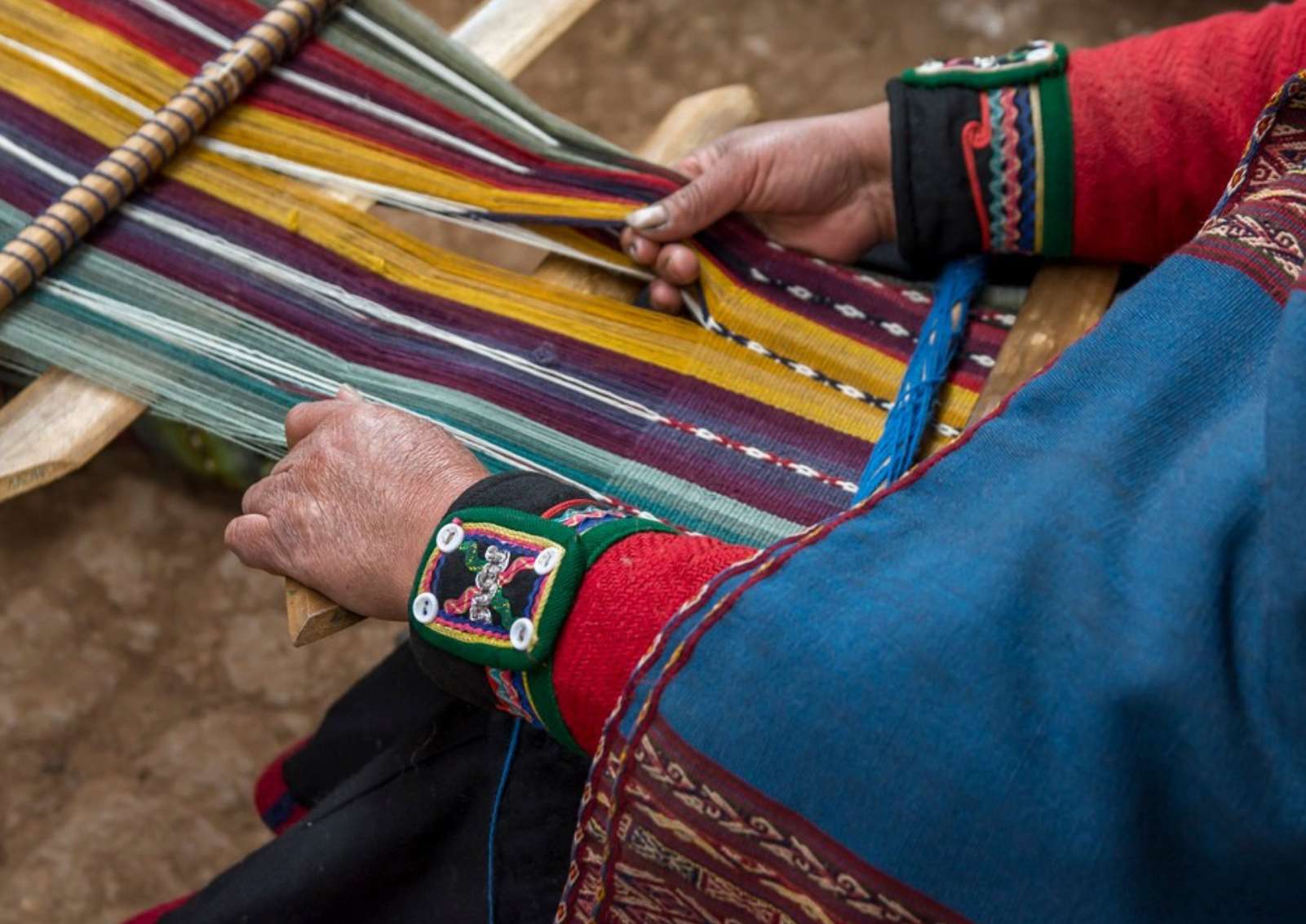

A new DNA study has traced how early indigenous peoples traveled from Asia to the Americas, revealing that some reached the far south of South America about 14,500 years ago. The findings also highlight key health challenges still affecting modern Indigenous populations.
The study, published May 15 in Science, involved an international team of scientists who analyzed DNA from 1,537 individuals across 139 ethnic groups. Their work sheds new light on one of the longest human migrations in history.
Research indicates that individuals traversed a land bridge that formerly linked Asia and North America during the last Ice Age. As they moved across the continent, the population split into three groups.
One group continued moving south over many generations until settling in Patagonia, at the southern tip of South America.
The team used data from the GenomeAsia 100K project, which includes populations tied to early migrations. They identified three key periods when groups separated.
The first major split happened between 26,800 and 19,300 years ago, during a cold period called the Last Glacial Maximum. This was when the ancestors of Indigenous Americans separated from people living in northern Eurasia.
The timing supports evidence from White Sands, New Mexico, where ancient footprints and track marks between 23,000 and 21,000 years ago confirm that people lived in North America during that time.
The second population split occurred between 17,500 and 14,600 years ago, when some North American groups moved south.
Around 13,900 years ago, this group split again into four branches: the Chaco Amerindians (linked to the Pueblo peoples of the southwestern U.S.), and three South American groups—Amazonians, Andeans, and Patagonians.
“Our estimation actually fits well with the archaeological records” of people in Patagonia, said co-author Hie Lim Kim, a population geneticist at Nanyang Technological University in Singapore. Excavations have shown that humans lived in that area about 14,500 years ago.
Kim added that once people settled in different regions, it took time for them to develop new and unique genetic patterns.
Over thousands of years, genetic diversity among Indigenous groups decreased. Researchers say this happened due to natural geographic barriers and massive population loss following European colonization.
One important finding was the loss of genetic variations linked to immune system strength. These genes, called HLA genes (human leukocyte antigen), help protect against diseases.
In regions like Southeast Asia, where disease exposure is high, people show more variety in these genes. But Indigenous South American genomes revealed much lower diversity, possibly making them more vulnerable to new illnesses introduced by colonizers.
The DNA study of Indigenous peoples also points to ongoing health risks today. Some Indigenous populations carry gene variants that make them more likely to experience harmful reactions to common medications.
“Most existing medicines were developed based on studies of European populations, often excluding Indigenous populations,” Kim said.
She urged the need for health strategies that consider these unique genetic backgrounds. Researchers say personalized medical care could improve health outcomes for Indigenous communities across the Americas.
